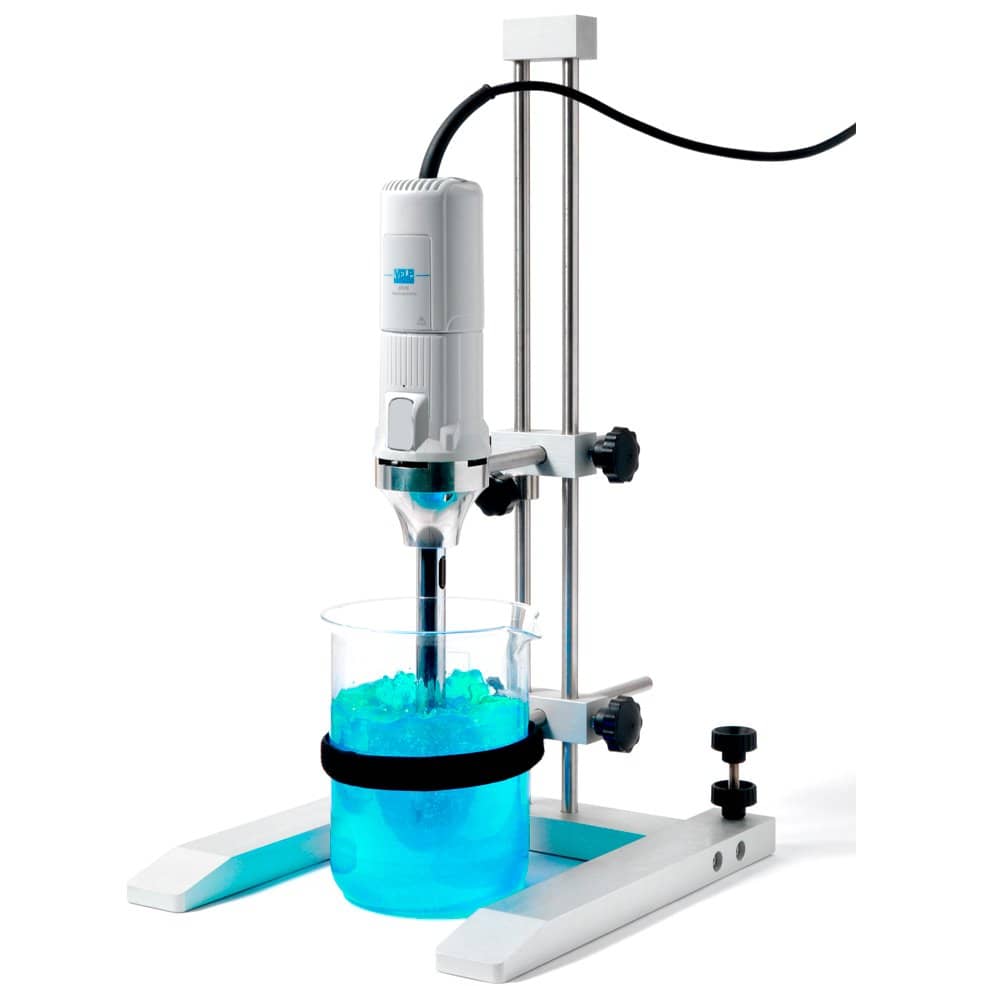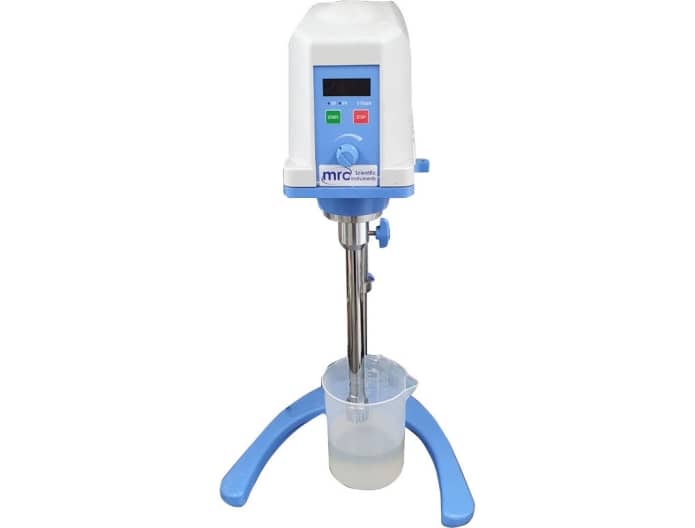Homogenizer can be widely used in emulsification, homogenization and dispersion in industrial production.
Introduction to homogenizer
Homogenizers are mainly used for tissue dispersion in the field of biotechnology, sample preparation in the field of pharmaceuticals, enzymatic treatment in the food industry, detection of pesticide residues in food and veterinary drugs, as well as in the pharmaceutical, cosmetic and dye industries. . , and petrochemical industries. The homogenizer uses a stainless steel system that can effectively separate the surface of the body sample and the microorganisms in the homogenized sample. The sample is packed in a single-use sterile homogenous bag without contact with the instrument, which meets the speed requirements. The results are accurate and the reproducibility of the program is good.
Homogenizer is a type of equipment for homogenization and emulsification of liquid materials (liquid-liquid phase or liquid-solid phase), which is mainly used in food or chemical industries. The process of homogenization and emulsification is used in the production process of dairy products, beverages, cosmetics, pharmaceuticals and other products.
Application of homogenizer in food processing: Homogenizer in food processing refers to the purification of materials under the triple action of extrusion, strong impact and pressure drop expansion, so that the materials become more uniform. Blending together, such as using a homogenizer in dairy processing, makes the milk fat finer, so that the whole product system becomes more stable. The milk looks whiter. Homogenization is mainly done by homogenizer

The working principle of the homogenizer:
Precise coordination of rotor and stator, working claw structure, two-way suction and high cutting efficiency.
The alternating shear dispersion emulsifier homogenizer is a high-frequency circular tangential velocity, tangential velocity, angular velocity and other comprehensive kinetic energy through the high-speed and stable rotation of the rotor.
Efficiency; Under the action of the stator, strong mutual hydraulic shear, friction, centrifugal extrusion, liquid impingement and other comprehensive effects are generated in the relatively narrow gap between the stator and the rotor, and the material circulates in the container.
Features of the homogenizer:
Stable performance, low noise, convenient cleaning, flexible maneuverability, continuous use, and very good dispersion and emulsification of materials. It can be widely used in emulsification, homogenization and dispersion in industrial production
It enables the material and liquid to be purified and mixed under the triple action of extrusion and grinding, strong impact and pressure drop expansion. This equipment is an important equipment for food, dairy, beverage and other industries
The homogenization of dairy beverages such as milk and soy milk under high pressure can significantly purify the fat globules in the dairy liquid and make it easier to digest and absorb the products after eating and improve the consumption value.
Used in the production of ice cream and other products, it can improve the delicacy and fluidity of the material, so that the internal texture is clearly improved.
It is used in the production of emulsions, adhesives, fruit juices and slurries, it can prevent or reduce the splitting of the liquid of the material, improve the appearance of the liquid of the material and make its color brighter, stronger and stronger aroma.

Application of homogenizer in soy milk:
During homogenization, soy milk comes out of the homogenizer valve gap under high pressure. Particles such as fat cells and proteins contract under the combined effect of shear force and impact force. A homogeneous dispersion is formed. Preventing fat floating, protein precipitation, increasing the shine of soy milk and improving the stability of soy milk.
https://royaniran.com/product/%D9%87%D9%85%D9%88%DA%98%D9%86%D8%A7%DB%8C%D8%B2%D8%B1/
Principle of high pressure homogenizer
The high pressure homogenizer relies on three moving pistons to create high pressure. When the piston moves back, the bottom feed valve opens to suck up the material. As the piston moves forward, the lower valve closes and the upper valve closes. It opens and the material is compressed in the area of the high-pressure homogenizing valve, homogenized and emulsified through the primary and secondary homogenizing valves, and the material is discharged from the discharge valve.


 icons at the top right corner of the subsection.
icons at the top right corner of the subsection.